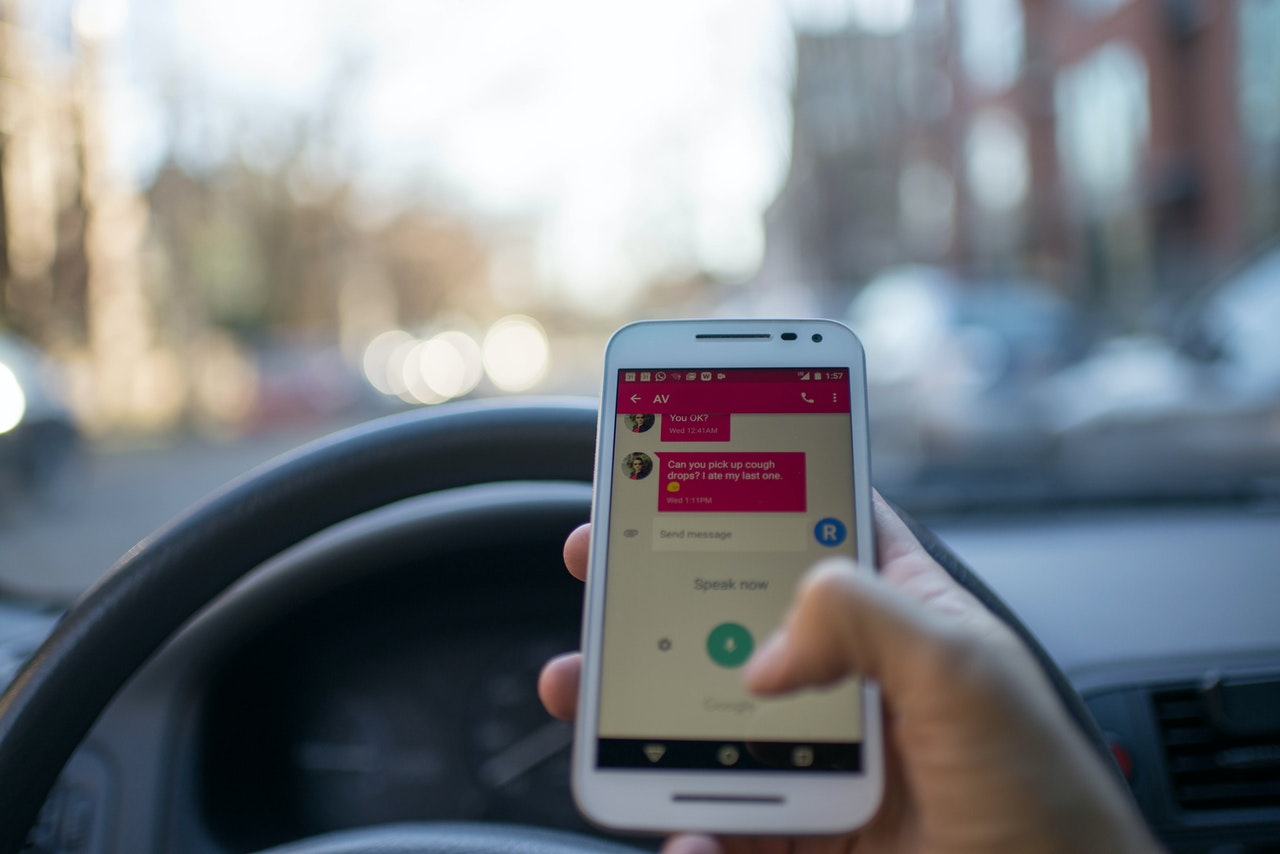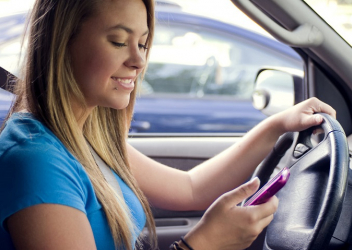Research In Action
Research In Action
Breadcrumb

Distracted driving has been making headlines for years because it is a serious and growing problem, one with catastrophic consequences. Texting while driving is particularly dangerous because it is a visual, manual and cognitive distraction -- all in one. It takes a driver’s eyes off the road, hands off the wheel, and attention away from the task of driving and roadway.
While texting while driving is dangerous enough among adult experienced drivers, it is even more dangerous for young drivers, particularly those with little experience behind the wheel. This is because during adolescent development, teens may have limited abilities to focus their attention and control their impulses, as well as limited mental resources to multitask, particularly when they have not learned how to automate some of the manual driving tasks. These limited abilities may be related to ongoing changes in their brain biology.
With mounting public concern, texting while driving has been specifically targeted as a public health risk, and the focus of educational and legislation interventions, particularly for young drivers. All but one state (MT) has introduced a ban on texting while driving for young drivers, which means that states have increasingly spent money and resources on enacting, enforcing and publicizing these laws. However, it remains unclear if the prohibitive legislation has had much success in reducing the problem or the subsequent fatalities.
There are a number of possible reasons why texting while driving bans have not been effective in curbing this risky behavior in young drivers:
- lack of enforcement
- cell phone addiction
- lack of impulse control during adolescence
- the mistaken perception that texting while driving is not dangerous, which may be reinforced by seeing adults continuing to use cell phones while driving.
Pattern of Risk-Taking
More and more research suggests that individual differences play a role in teen driver crashes. For example, while teen drivers are at the greatest risk overall, not all are risky drivers or get involved in crashes. Instead, there may be a pattern of risk-taking that explains young driver crashes, whereby those who frequently engage in texting while driving may also take other intentional risks that lead them to crash:
- One AAA report found that drivers who regularly use their cell phone while driving also admit to speeding, drowsy driving, and not using a seat belt much more frequently than those who never use a cell phone while driving.
- A recently published Annenberg Public Policy Center/CIRP@CHOP study found that teen drivers who report texting and taking calls while driving also engage in other intentionally risky driving behaviors, such as ignoring speed limits,aggressively driving too close to the car in front, and impatiently passing a car in front on the right.
- There may even be different levels of risk involved in texting while driving. For example, some teens may decide to read or write a text when stopped at a traffic light or stop sign, while others may do so when the situation is more dangerous in moving traffic or when driving through intersections.
These patterns of risk-taking may be attributable to an underlying individual characteristic or trait and should be studied further so that we can predict those at risk and begin to develop tailored interventions. In addition, it may be more beneficial to promote safe driving behavior more broadly rather than attempting to ban one individual risk behavior, such as texting while driving. This makes sense since teen drivers who engage in one risky behavior are also likely to engage in other dangerous behaviors that can lead to crashes.




